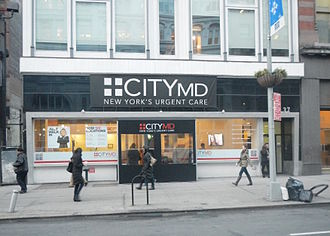A new study from the Blue Cross Blue Shield Association shows progress as insurers try to change their customers’ healthcare use in order to cut costs.
The study found that among commercially insured BCBS plan members, visits to retail clinics nearly doubled in the past five years, from 12.2 visits per 1,000 members to 24 visits per 1,000 members.
The study says that up 29.8 percent of hospital emergency department visits could be handled at retail clinics. Emergency department visits, of course, are famously expensive. And so, insurers now cover most retail clinic visits.
But FierceHealthcare noted that the rise in use of retail clinics was not equally distributed among those with commercial BCBS plans. “For example, the rate at which women visited retail clinics was 72% higher than the rate for men in 2015.
“In addition, uptake among individually insured members has ‘lagged’ since the implementation of the Affordable Care Act, according to the BCBSA. From 2013 to 2015, the growth rate in retail clinic visits per 1,000 members in the individual market was only 2.6%, compared to a 15.5% growth rate in doctor’s office visits and 35.8% uptick in ED visits.’’
‘’In 2015, there was also a 19% lower use of retail clinics among individually insured members compared to members with employer-based plans.’’
To read the study, please hit this link.
To read FierceHealthcare’s comment on it, please hit this link.




